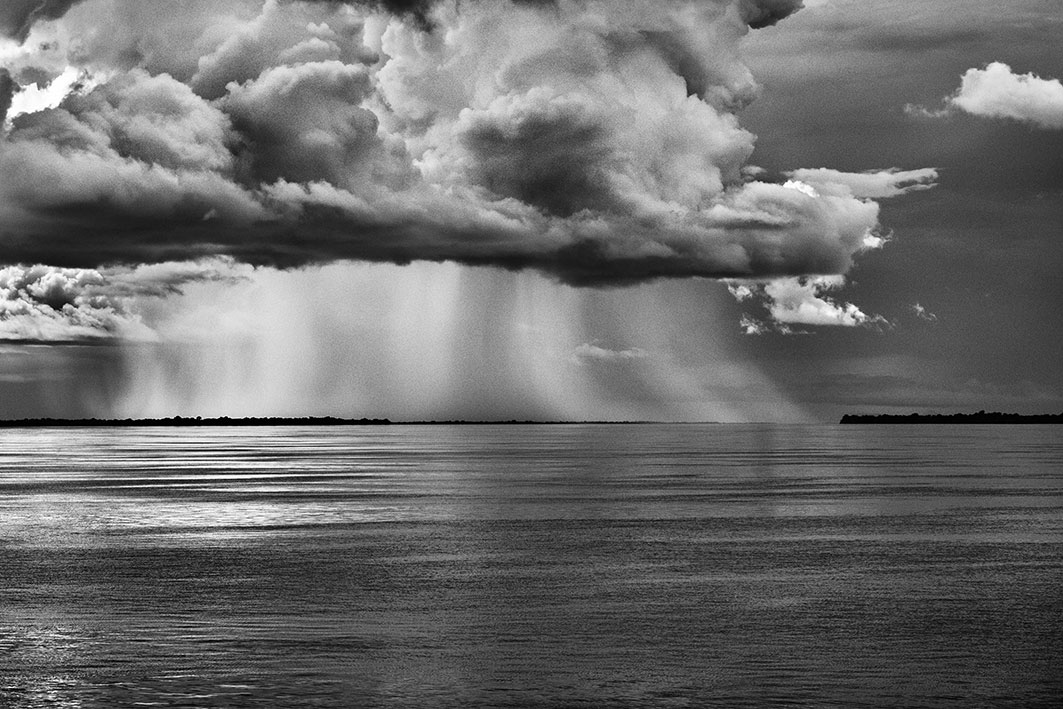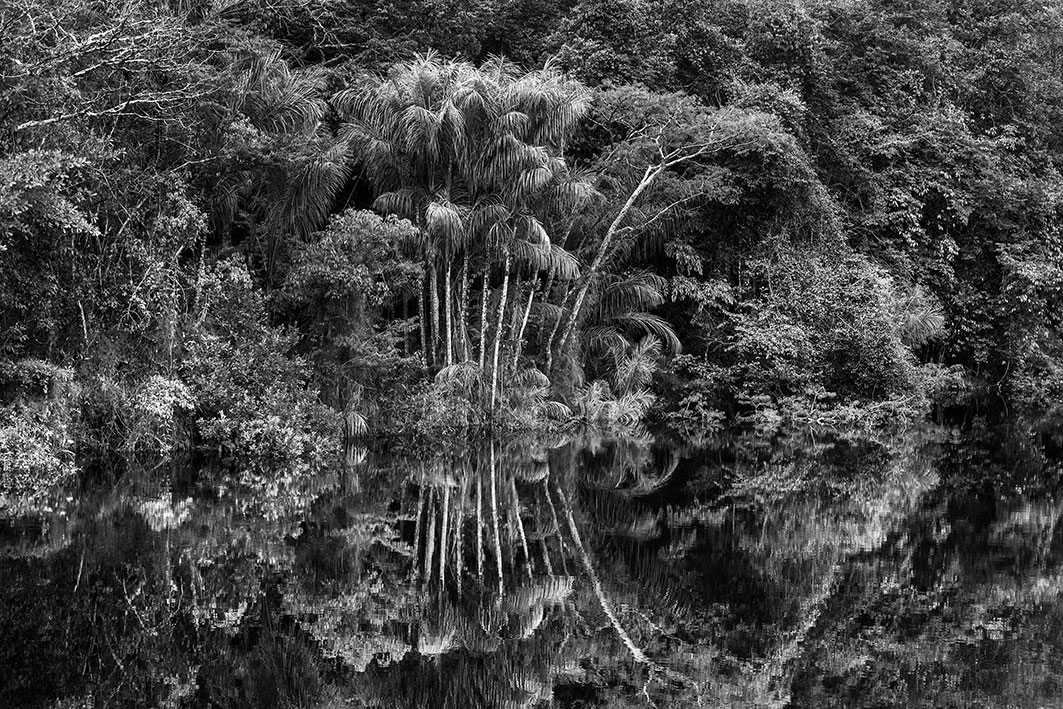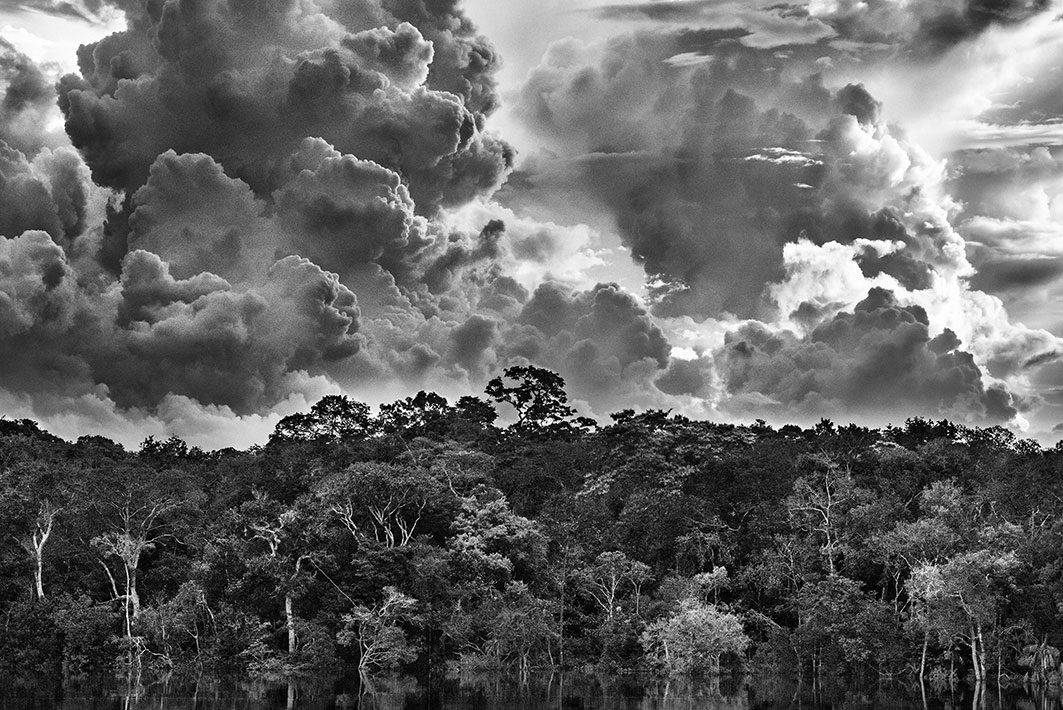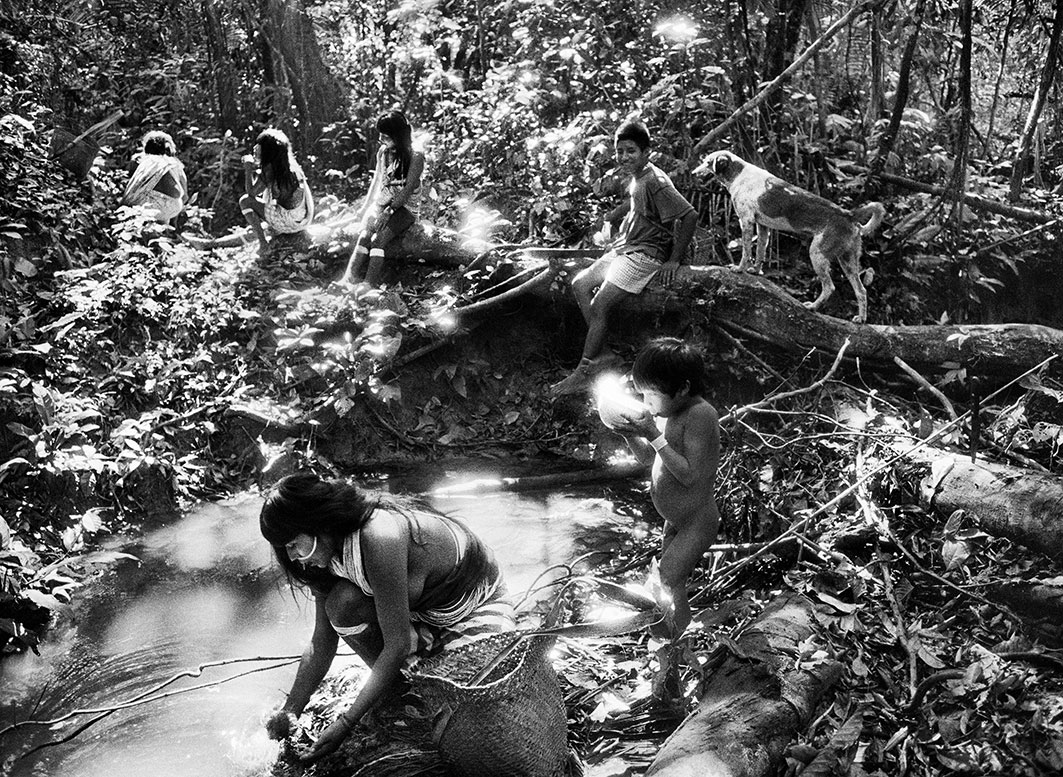PHOTO:Sebastião Salgado-Amazônia
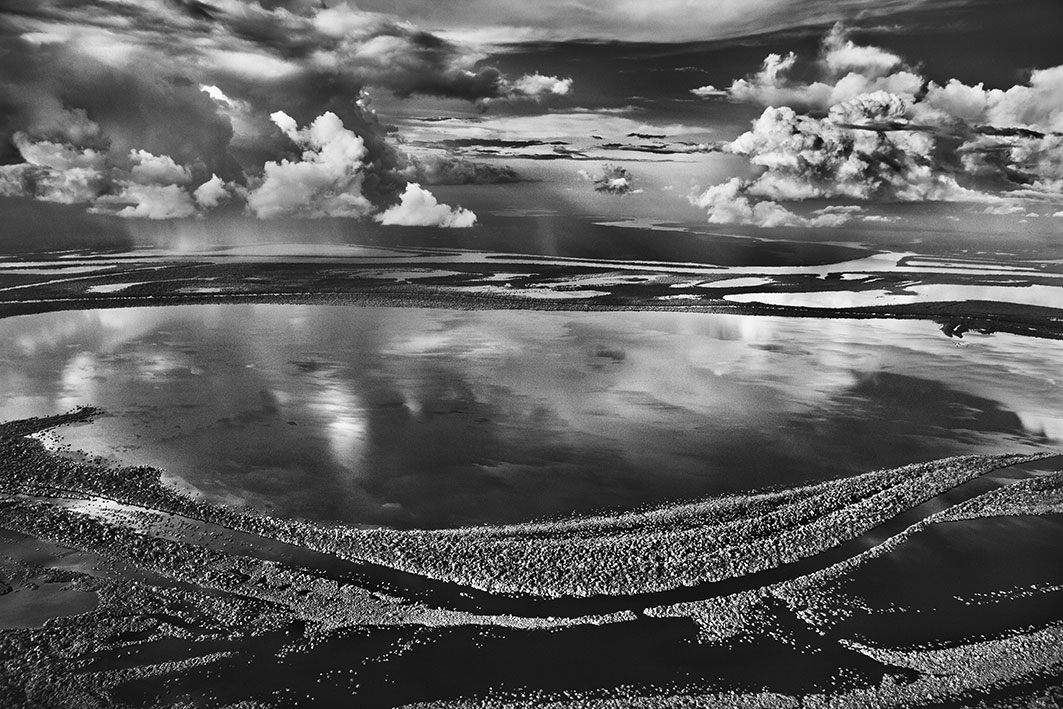 Sebastião Salgado is one of the most widely-respected of contemporary documentary photographer. His in-depth bodies of work document the lives of people the world over, finding beauty, strength and hope even in those in the bleakest of circumstances. Salgado travels the world documenting the poor and powerless, as well as the grandeur of nature, in analogue black-and-white photographs that are both highly formal and unflinchingly documentary.
Sebastião Salgado is one of the most widely-respected of contemporary documentary photographer. His in-depth bodies of work document the lives of people the world over, finding beauty, strength and hope even in those in the bleakest of circumstances. Salgado travels the world documenting the poor and powerless, as well as the grandeur of nature, in analogue black-and-white photographs that are both highly formal and unflinchingly documentary.
By Dimitris Lempesis
Photo: Maxxi Archive
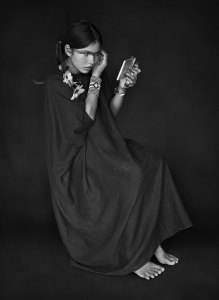
After the “Genesis” project, which was focused on the majestic beauty of the most remote regions of the planet, Sebastião Salgado embarked on a new series of journeys to capture the incredible richness and variety of the Brazilian Amazon rainforest and the way of life of its peoples, thereby living in their villages for several weeks and photographing different ethnic groups. The Amazon rainforest covers one third of the South American continent, namely an area larger than the entire European Union. The project lasted six years, during which Salgado photographed the forest, the rivers, the mountains and the people who live there, all while capturing the immense power of the nature of these places as well as its fragility. The exhibition “Amazônia” features more than 200 photographs and is divided into two parts. In the first part, the photographs are organised by landscape setting, with sections ranging from the Forest Overview, in which the visitor is presented with the Amazon seen from above, to Flying Rivers, one of the most extraordinary and at the same time least known features of the rainforest, namely large bodies of water rising towards the atmosphere. All the sometimes-devastating force of the rains is recounted in Tropical Storms, while Mountains presents the mountain ranges that shape life in the Amazon basin. The exhibition continues with The Forest, once called the ‘Green Hell’, now to be regarded as a unique natural treasure, and ends with Islands in the Stream, the archipelago emerging from the waters of Rio Negro. The second part is dedicated to the various indigenous peoples that Salgado has immortalised in his numerous trips, such as the Awá-Guajá, who boast only 450 members and are considered as the most threatened tribe on the planet, the Yawanawá, who, despite being on the verge of disappearing, have regained control of their lands and culture, thereby prospering, up to the Korubo, who are among the tribes with the fewest contacts with the outside world; indeed, Salgado’s expedition in 2017 marked the first time that a team of documentary filmmakers and journalists spent time with them. As Sebastião Salgado says: “This exhibition is the result of seven years of human experience and photographic expeditions by land, water and air. From the very conception of Amazônia, I have wanted to recreate an environment in which the visitor would feel enveloped by the forest and be able to dive into both its luxuriant vegetation and the daily life of the native populations. These images are intended to bear witness to what remains of this immense heritage, which is in danger of disappearing. For life and nature to escape further destruction and depredation, it is up to every single human being on the planet to take part in its protection”. In addition to the images, which are placed at different heights and presented in different formats, the exhibition unfolds in spaces reminiscent of ‘ocas’, namely typical indigenous dwellings, thereby vividly evoking the small isolated human settlements in the heart of the jungle. The visit is accompanied by an audio track specially composed for the exhibition by Jean-Michel Jarre and inspired by the authentic sounds of the forest, such as the rustling of trees, the cries of animals, birdsong or the roar of water falling from the mountains. Two projection rooms dedicated to two different themes form an integral part of the exhibition: one shows the forest landscape, the photos of which are accompanied by the sound of the symphonic poem “Erosão” by Brazilian composer Heitor Villa-Lobos; the other displays portraits of indigenous men and women with music specially composed by Brazilian musician Rodolfo Stroeter. By drawing attention to the incomparable beauty of this region, Salgado wants to turn the spotlight on the necessity and urgency of protecting it, together with its inhabitants. The forest is a fragile ecosystem that has suffered almost no damage in the protected areas where the indigenous communities live. All of humanity has a responsibility to take care of this universal resource, known as the world’s green lung, and its custodians.
Photo: Sebastião Salgado, Anavilhanas, isole boscose del Río Negro. Stato di Amazonas, Brasile, 2009, © Sebastião Salgado/Contrasto
Info: Curator: Lélia Wanick Salgado, MAXXI (National Museum of 21st Century Arts), Via Guido Reni 4a, Rome, Italy, Duration: 1/10/2021-13/2/2022, Duration: Tue-Fri 11:00-19:00, Sat-sun 11:00-20:00, www.maxxi.art
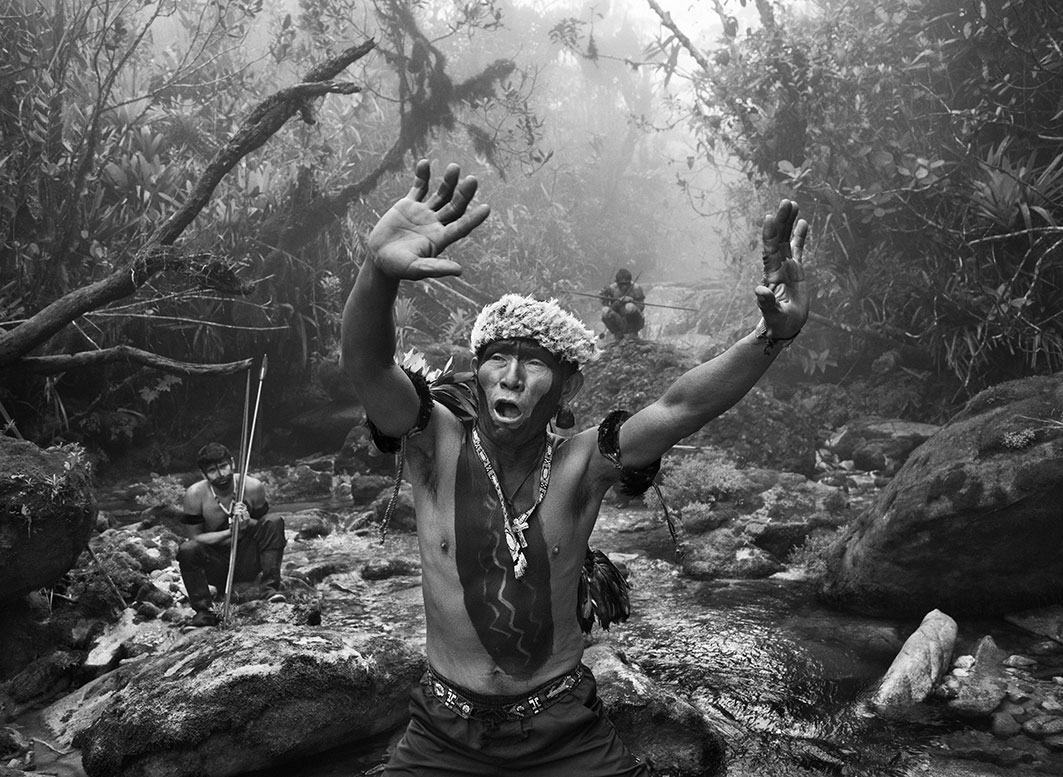
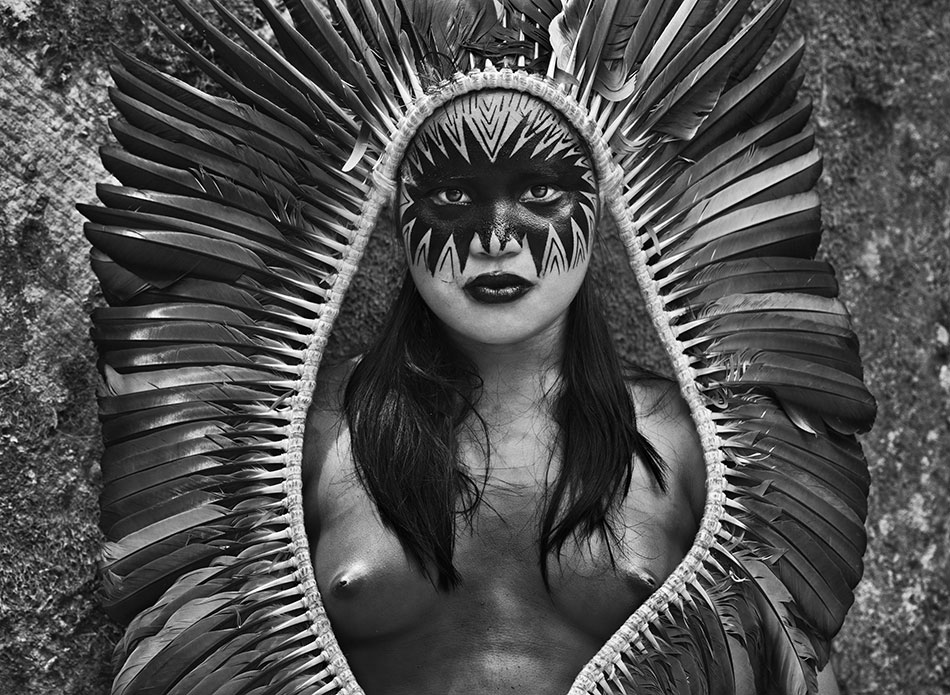
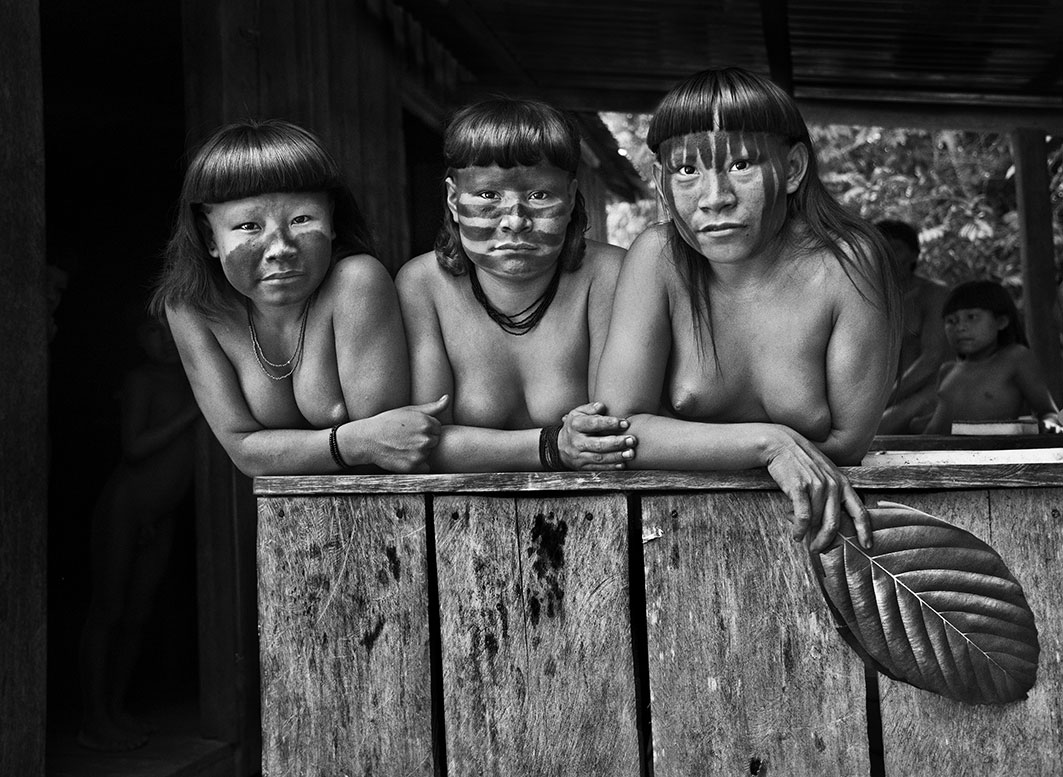
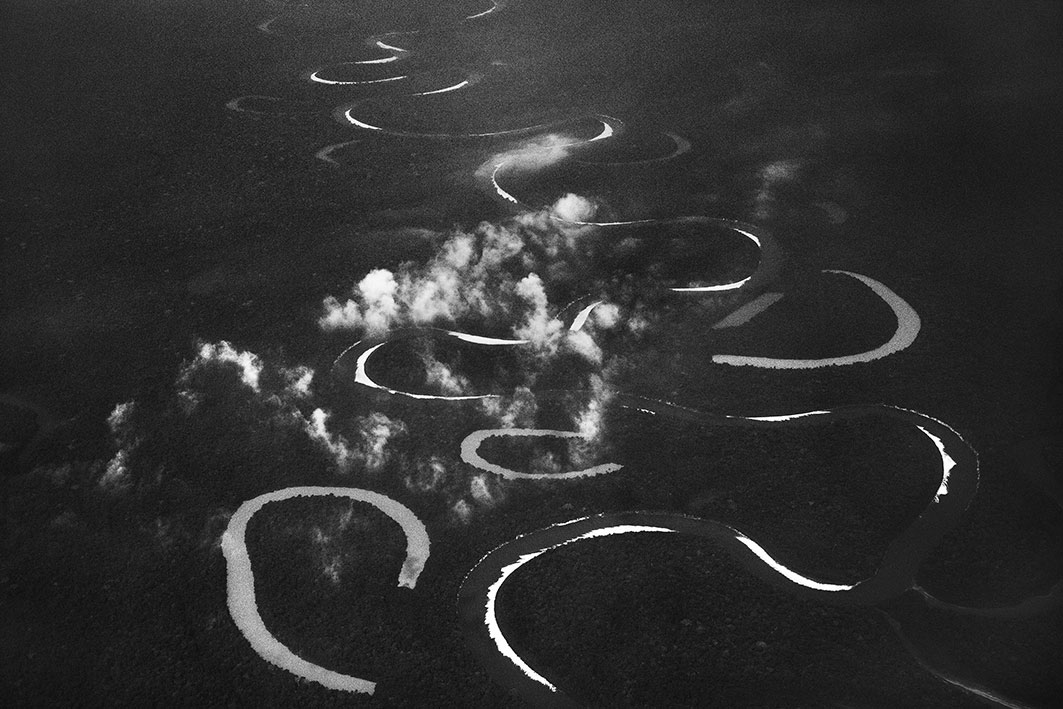
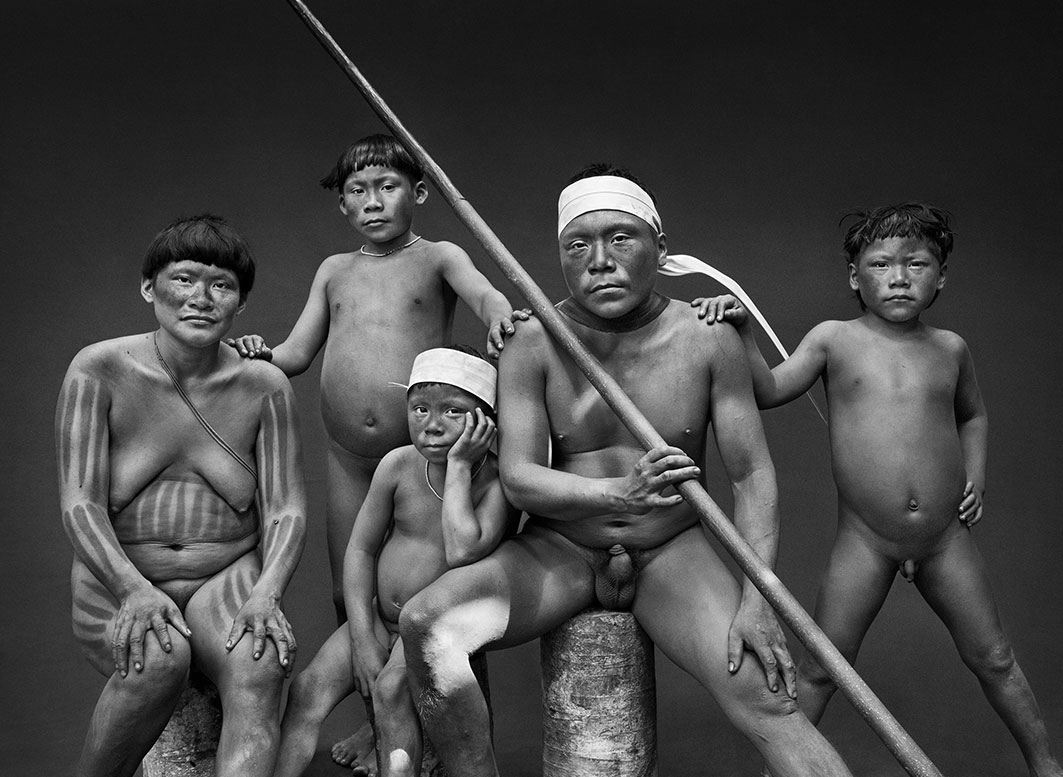

Right: Sebastião Salgado, Famiglia Ashaninka. Stato di Acre, Brasile, 2016, © Sebastião Salgado/Contrasto
